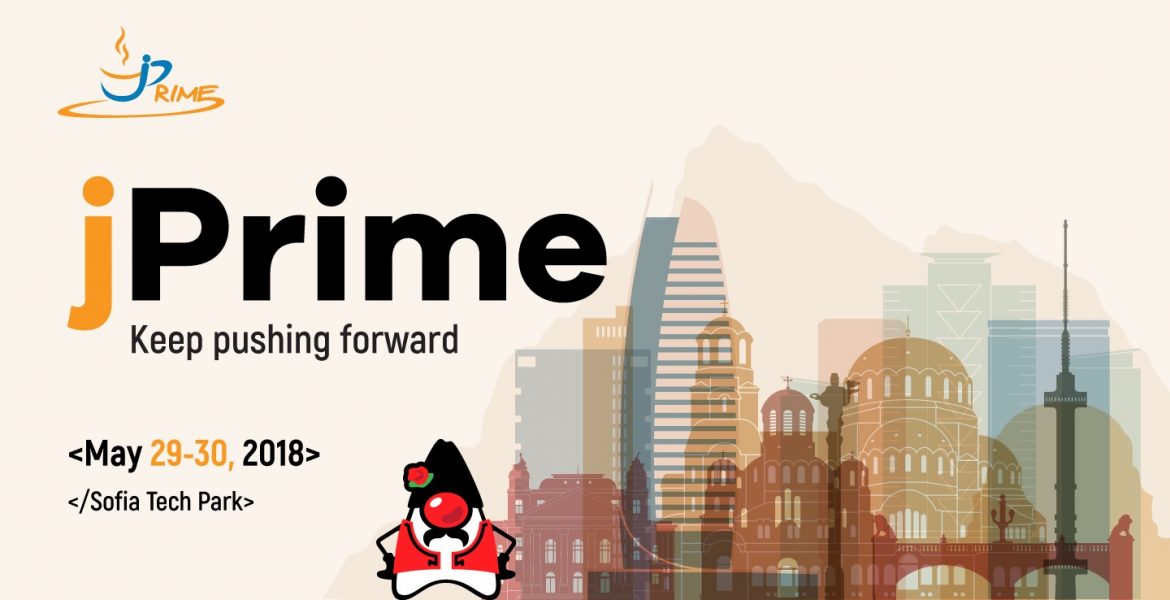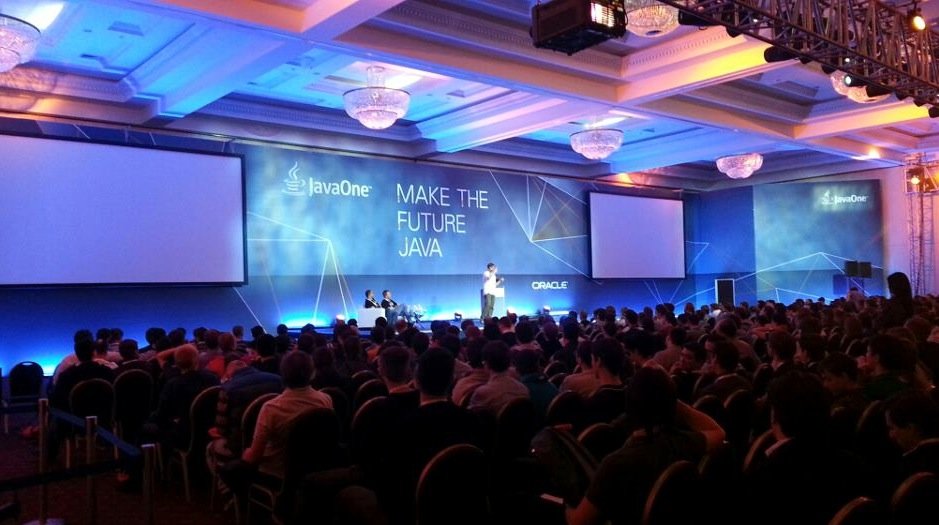Going Reactive with Spring 5
Last month I had a pleasure to give a talk on Going Reactive with Spring 5, at jPrime 2018 conference, in Sofia, Bulgaria. The conference itself was organized and delivered very professionally, by some very nice people from Bulgarian JUG. I would definitely recommend visiting this conference next year to anyone from the region. There were so many great speakers, top notch, industry leaders, having very interesting talks. To be honest, I was a bit nervous, being on the conference agenda next to such great speakers. Yet, I was proud, too. It was a really great experience for myself, to be the part of such great event. Thank you, @jPrimeConf, for giving me this opportunity, to be “the reactive guy”. 🙂 Of course, big thanks to my company Seavus, too, for supporting me in preparation and visiting the conference.
Watch the recordings from all talk at this YouTube playlist.
About my talk:
In recent times, Reactive Programming has gained a lot of popularity. It is not a “silver bullet” nor it is a solution for every problem. Yet, it is a paradigm to build applications which are non-blocking, event-driven and asynchronous and require a small number of threads to scale. Spring Framework 5 embraces Reactive Streams and Reactor for its own reactive use, as well as in many of its core APIs. It also adds an ability to code in a declarative way, as opposed to imperatively, resulting in more responsive and resilient applications. On top of that, you are given an amazing toolbox of functions to combine, create and filter any data stream. It becomes easy to support input and output streaming scenarios for microservices, scatter/gather, data ingestion, and so on.
This presentation is about support and building blocks for reactive programming, that came with the latest versions of Spring Framework 5 and Spring Boot 2.







 There are times you have to parameterize data which is being imported by Hybris ImpEx import. One example could be handling of environment specific parameters, like different development and production endpoints URLs of a particular interface etc. A solution is to use Hybris
There are times you have to parameterize data which is being imported by Hybris ImpEx import. One example could be handling of environment specific parameters, like different development and production endpoints URLs of a particular interface etc. A solution is to use Hybris 


